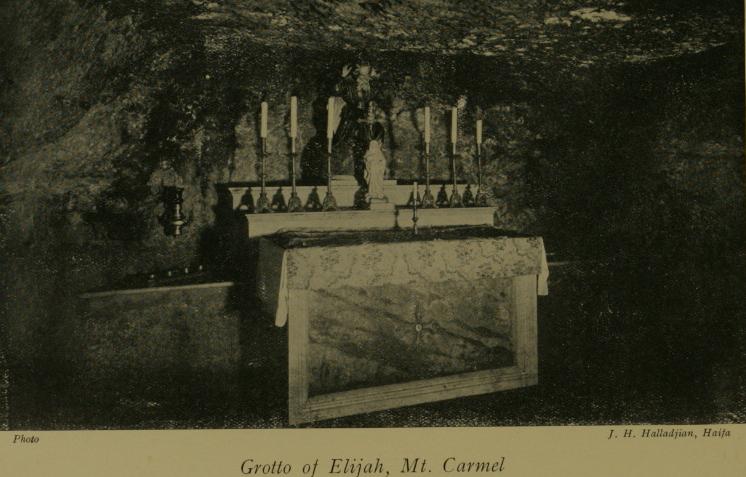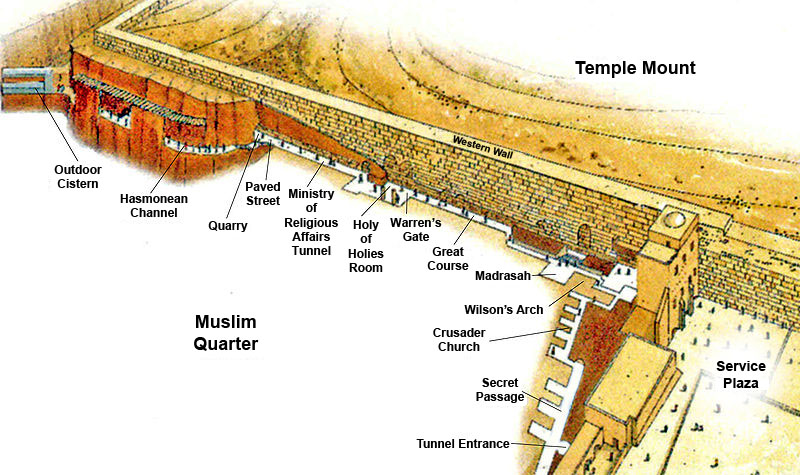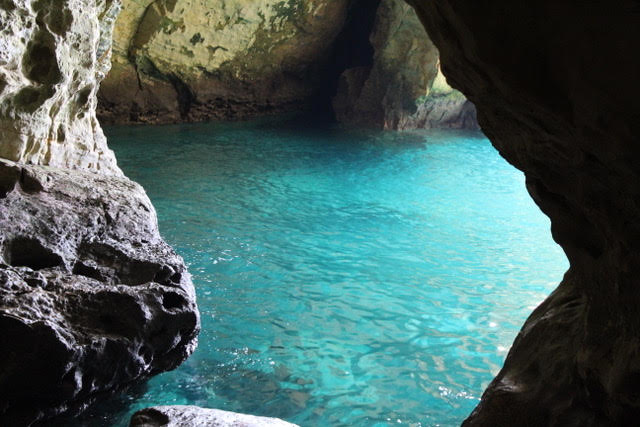7 Stunning Caves and Tunnels to Explore in Israel
November 28th 2018
When visiting Israel, there’s no shortage of fascinating things to see and do on the surface. The country is rich with history, cultures, vibrant cities, architecture, culinary delights, and geographical beauty. Yet there’s also a wealth of things to explore below ground. Throughout the country there are ancient caves and tunnels, dug both by natural forces and by the hands of man.
And it’s to some of these caves and tunnels we like to take our visitors. The following are 7 of our favorite cave and tunnel sites in Israel, each with a significant story behind their creation or existence.
Cave of Elijah
The Cave of Elijah, situated on Mount Hermon in Haifa, is said to be the cave in which the Biblical prophet Elijah sheltered prior to the encounter with the idol-worshipping priests of Baal. Today, the holy site is used for religious ceremonies and prayer, and features items you might find in a regular synagogue. The cave can be reached via steps that begin off Allenby Street in the lower section of Haifa.
Western Wall Tunnels

By Joe DeRose (from Tamara Jordan, courtesy of the Western Wall Heritage Foundation – the creator, GFDL; תמר הירדני, באדיבות הקרן למורשת הכותל-היוצר, GFDL) – Modified from Hebrew version in Hebrew Wikipedia: Tamara Jordan, courtesy of the Western Wall Heritage Foundation – the creator, GFDL; תמר הירדני, באדיבות הקרן למורשת הכותל-היוצר, GFDL, GFDL, https://commons.wikimedia.org/w/index.php?curid=15749545
Below the majestic walls of Jerusalem’s famous Western Wall (the Kotel) are a network of tunnels spanning one-third of a mile. This underground complex features the original foundations and walls of the First and Second Jewish Temples. Features also include the huge mysterious ‘Western Stone’, archways, a theater, and ancient water cisterns, among other things.
Tzidikiyahu’s Cave
Beneath the city of Jerusalem, directly under the Muslim Quarter, lies a huge man-made cave. The ancient limestone quarry, known today as Tzidikiyahu’s Cave (or King Solomon’s Quarries), was carved by hand over thousands of years by ancient stonecutters. On the walls can be found patterns and formations etched into the stone by the workers who quarried the cave over many centuries.
Alona Park
Near to the coastal city of Caesarea is Alona Park which features stunning 2,000-year-old water tunnels. They were built by the Romans to bring water from springs near the Carmel Mountains to the regional Roman capital of Caesarea. The tunnels are many miles long but a section is open for tourists to visit. Part of the experience includes wading through the water (1-2 feet high) as you explore the handiwork of Roman diggers and their architectural ingenuity.
Soreq Stalactite Cave
A few miles outside Jerusalem, on the western slopes of the Judean Hills near the town of Beit Shemesh, lies the amazing Soreq Stalactite Cave. Also known as the Avshalom Cave, the cavern features dense formations of stalagmites and stalactites formed from thousands of years of dripping water seeping through the rock. The cave is beautifully lit and contains a wonderful ambiance that is almost magical.
Beit Guvrin National Park
If one cave is not enough, then come and visit the hundreds of caves located in the Beit Guvrin National Park just south of Beit Shemesh. The ancient hand-dug caves date back to Biblical times and were used for many different functions including burial, ceremonial purposes, food and water storage, shelters for animals, and defense. This UNESCO World Heritage Site is spread across 1,250 acres and features archeological finds from different eras.
Rosh Hanikra Grottos
The Rosh Hanikra Grottos are a testament to the power of the sea. Located on Israel’s uppermost coastline, right next to the Lebanese border, the grottoes and caves at Rosh Hanikra were formed over many thousands of years by the action of waves. Inside the caves you can hear the amazing sounds of the water crashing into the caverns and the natural light show from the tide’s reflections. A cable car provides a fun ride up and down the impressive cliff face.













